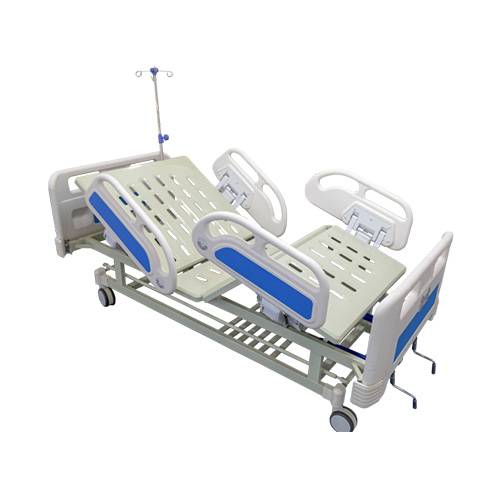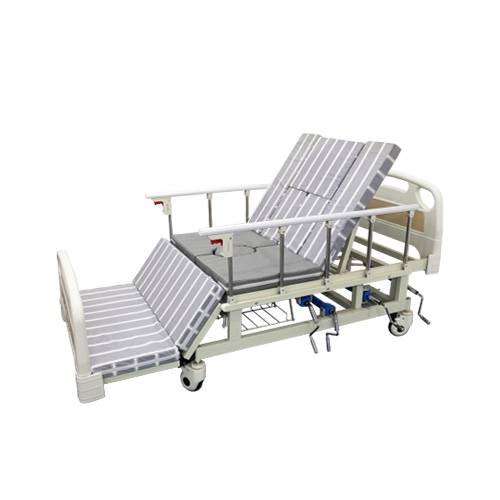Die Anschrift
304 Nordkardinal St.
Dorchester Center, MA 02124
Arbeitsstunden
Montag bis Freitag: 7:00 - 19:00
Wochenende: 10:00 - 17:00
Die Anschrift
304 Nordkardinal St.
Dorchester Center, MA 02124
Arbeitsstunden
Montag bis Freitag: 7:00 - 19:00
Wochenende: 10:00 - 17:00

In diesem Leitfaden untersuchen wir die verschiedenen Sicherheitsmerkmale von Krankenhausbettgittern für ältere Patienten.
Willkommen auf meinem Blog!
Bevor wir uns in die Inhalte vertiefen, würde ich mich freuen, wenn Sie mir auf meinen Social-Media-Plattformen folgen, wo ich weitere Einblicke gebe, mit der Community interagiere und Updates poste. So können Sie mit mir in Kontakt treten:
Facebook:https://www.facebook.com/profile.php?id=100071234835011
LinkedIn:https://www.linkedin.com/company/74943205/admin/dashboard/
YouTube:https://www.youtube.com/@shandongexpertmedicalequip4695
TikTok:https://www.tiktok.com/@expertmedical
Lassen Sie uns nun gemeinsam unsere Reise beginnen. Ich hoffe, Sie finden die Inhalte hier aufschlussreich, spannend und wertvoll.
As we age, mobility and balance often decrease, making safety a top concern, especially when it comes to elderly care. Hospital bed rails for elderly individuals are an essential safety feature in both home care settings and healthcare facilities. These bed rails serve multiple purposes, from preventing falls to providing support for movement, and they are designed to enhance the overall comfort and security of elderly patients.
In this guide, we will explore the various safety features of hospital bed rails for elderly patients, how they improve the quality of care, and why choosing the right type of bed rails is crucial. We will also look into different types of bed rails, their advantages, and how they can be used to maximize both safety and independence.

One of the primary functions of hospital bed rails for elderly patients is fall prevention. Falls are a common concern for older adults, particularly those who experience mobility issues, balance problems, or cognitive impairments. Hospital bed rails create a physical barrier that reduces the risk of a patient accidentally rolling or falling out of bed.
According to the CDC, falls are the leading cause of injury among older adults, and hospital bed rails play a significant role in reducing this risk. For elderly individuals who spend a considerable amount of time in bed, bed rails provide an added layer of protection and security.
Hospital bed rails for elderly patients are not just about safety; they also offer support for mobility. Many elderly individuals find it difficult to move or shift positions while lying in bed, especially if they have limited strength or flexibility. Bed rails provide a sturdy grip that allows patients to pull themselves up or change positions with ease. This helps prevent strain and discomfort, particularly for those who need assistance sitting up or getting out of bed.
Additionally, bed rails can be used as leverage for caregivers who assist elderly patients with transfers, further reducing the risk of injury for both the patient and the caregiver.
Hospital bed rails for elderly patients often come with adjustable options, allowing them to be raised or lowered depending on the specific needs of the patient. This flexibility is essential for ensuring that the rails are set at an appropriate height, providing maximum protection without making it difficult for the patient to get in and out of bed.
Many bed rails also feature customization options such as padded surfaces for comfort, removable sections for easier access, and folding mechanisms for when the rails are not needed. These features contribute to the overall functionality of hospital bed rails, making them suitable for a wide range of care environments, from home care to hospitals and nursing homes.
| Besonderheit | Fixed Bed Rails | Adjustable Bed Rails | Folding Bed Rails |
|---|---|---|---|
| Fall Prevention | Hoch | Hoch | Mäßig |
| Ease of Access | Niedrig | Mäßig | Hoch |
| Verstellbarkeit | Keiner | Full Adjustability | Foldable |
| Support for Movement | Mäßig | Hoch | Mäßig |
| Best for | Long-term use, hospitals | Home care, adaptable needs | Versatile use, frequent transitions |
This table compares the main types of hospital bed rails for elderly patients based on their features, helping caregivers and families choose the right rails based on the individual’s specific needs.

While safety is the primary concern, hospital bed rails for elderly patients can also foster independence. For elderly individuals who still maintain some mobility, bed rails act as a helpful tool for sitting up, adjusting their position, or even getting in and out of bed without assistance. This sense of independence is important for maintaining dignity and self-reliance, especially in home care settings.
Elderly patients who are able to perform these actions on their own can reduce their dependence on caregivers, which can lead to an improved sense of autonomy and overall well-being.
Comfort is a significant factor in elderly care, and hospital bed rails for elderly patients can contribute to more restful sleep by providing security and support. Many older adults experience anxiety about falling out of bed, especially during the night. Bed rails offer a sense of security, allowing patients to sleep peacefully without fear of accidents.
Furthermore, bed rails that include padded surfaces or ergonomic designs can enhance comfort by preventing discomfort from prolonged contact with hard surfaces. This is especially important for patients with fragile skin or conditions such as arthritis that may make certain positions uncomfortable.









In addition to providing safety for elderly patients, hospital bed rails for elderly individuals also benefit caregivers. Transferring patients in and out of bed or helping them reposition can pose risks of strain or injury to caregivers. Bed rails provide additional leverage, making it easier for caregivers to assist patients without overexerting themselves.
Moreover, bed rails reduce the need for caregivers to monitor patients constantly, as they offer a barrier that helps prevent falls, giving caregivers peace of mind when they are not immediately by the patient’s side.
Hospital bed rails for elderly patients are an indispensable tool in elderly care, providing both safety and comfort. They prevent falls, offer support for mobility, and contribute to a sense of independence for patients. Whether in a hospital, nursing home, or home care environment, choosing the right type of bed rails can significantly improve the quality of care and enhance the patient’s overall well-being.
Yes, hospital bed rails for elderly patients are designed with safety in mind. They are built to prevent falls, offer support for movement, and provide a secure environment for patients. However, it is important to ensure that the rails are used correctly and are properly adjusted to suit the patient’s needs.
Absolutely. Many hospital bed rails are designed for use in home care settings. They are available in various models that are easy to install on home beds, making them a popular choice for families caring for elderly loved ones at home.
The best type of hospital bed rails for elderly patients depends on their specific needs. Adjustable and folding bed rails offer more flexibility, while fixed bed rails provide long-term safety and stability. It’s essential to consider the patient’s mobility and care requirements when choosing the right bed rails.
Hospital bed rails require regular cleaning and inspection to ensure they remain safe and functional. Check for any signs of wear and tear, such as loose bolts or damaged padding, and make sure the rails are securely attached to the bed frame. If the rails are adjustable, test the mechanisms periodically to ensure they function properly.
Yes, hospital bed rails provide support for mobility by allowing elderly patients to grip the rails when shifting positions, sitting up, or getting in and out of bed. This assistance reduces the strain on muscles and joints, making movement easier for the patient.